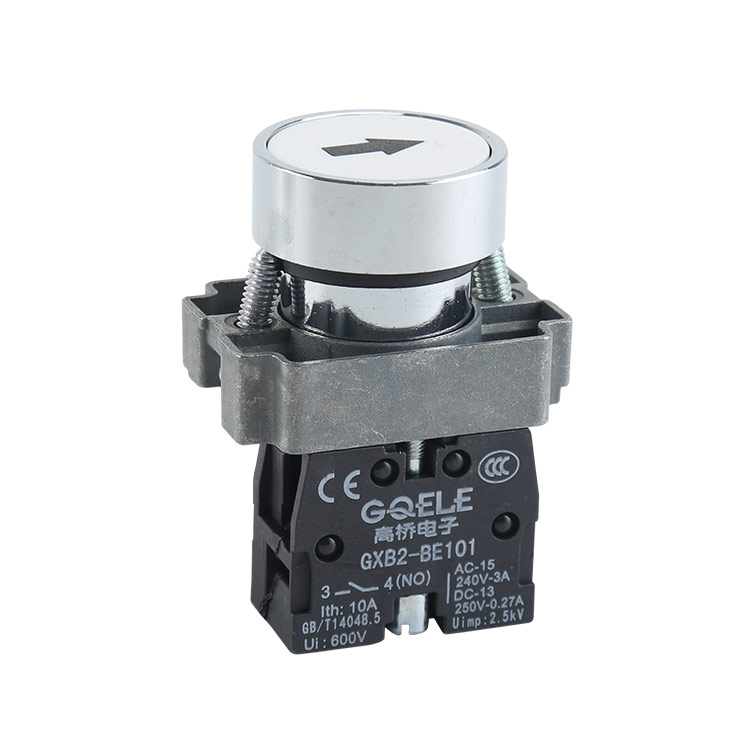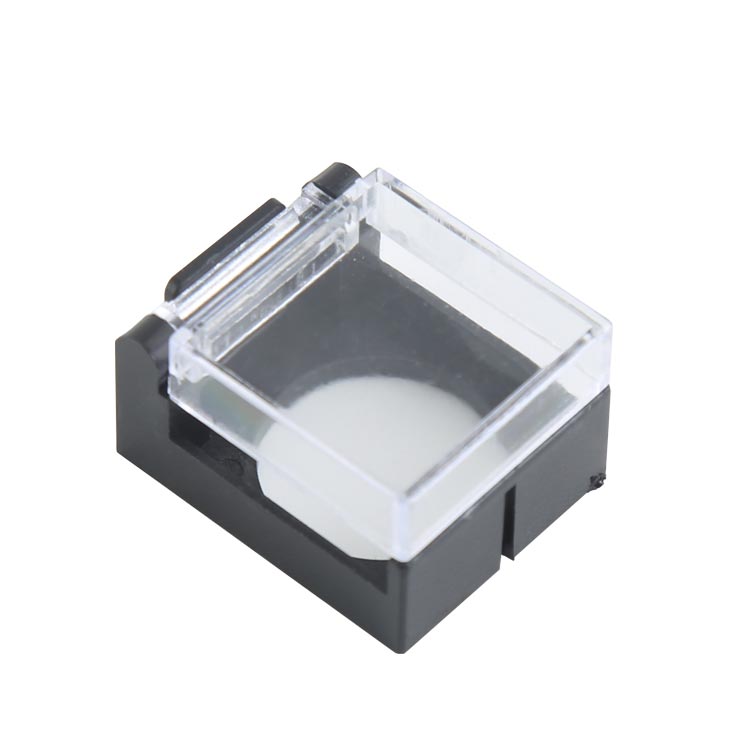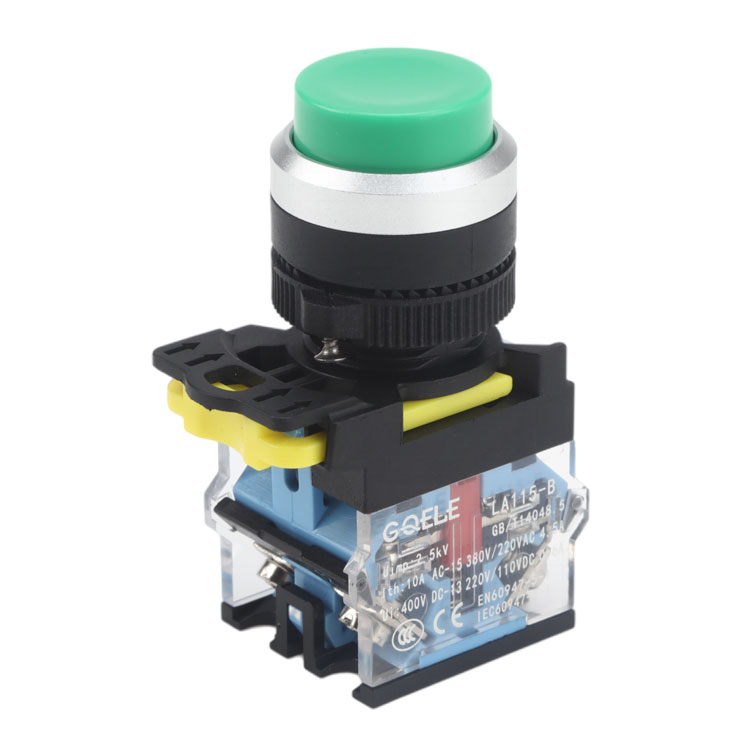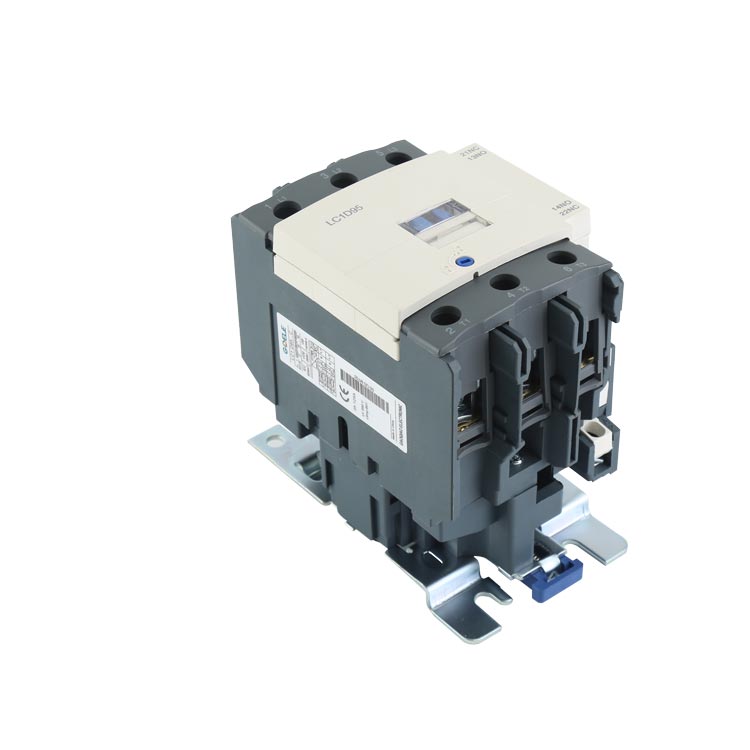
CJX2-(LC1-D)95 CJX2-9511 220V 380V 415V 660V 3 Phase 3-Pole cjx coil ac Electric magnetic contactor

GL-12H10TE/R23-SJ ring led light indicator metal illuminated push button switch

Flush push button 22mm green pilot button indicator light switch GXB2-BA3341

AL50E-B-31D Blue Φ50 AC220V LED Signal Tower Light Layer With Blue Light

GXB2-EB60 High Quality Push Button Accessories Plastic Yellow Cylinder Protective Cover Shell

GXB4-BW82364 1NO & 1NC Dual/Double Control Head Push Button Switch With Green & Red And Marked And Illuminated Flush Head

AL50-SZ High Quality Black Plastic Vertical base

GXB2-ZB16F Black&Transparent Plastic Square Protective Cover To Prevent Dust And Water And Misoperation

LA115-N-11D Square/Round push button switch

LA115-A5-11ZFD 1NO&1NC Twist Release Emergency Stop Push Button With Red Mushroom Shape Head And Symbol And Illumination

GXB4-EA45 High Quality 1NO+1NC Momentary Flush Push Button With Red Round Head And Without Illumination

LA115-B5-11H 1NO&1NC Momentary Extended Push Button Switch With Round Green Head And Without Light











